8. Hidden Fortress (Akira Kurosawa, 1958, Japan)
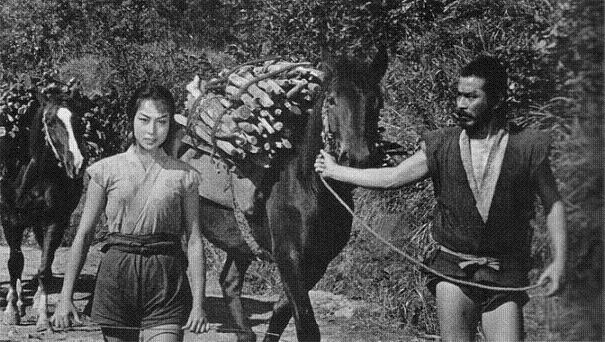
The script revolves round two peasants, Tahei and Matashichi, who, through a number of extreme episodes, end up escorting the general of Akizuki clan, Makabe Rokurota, and Princess Yuki Akizuki, both members of a clan that lost a major battle not much time ago. At the center of the story lies the gold of the Akizuki clan, which the two peasants repeatedly try to steal.
The film won the Silver Bear for Best Director at the 9th Berlin International Film Festival in 1959; however, its impact lies in a completely different place. George Lucas has acknowledged the influence the movie had on “Star Wars,” particularly regarding the technique of telling the story from the perspective of low characters, in his case C-3PO and R2-D2. At the same time, the original plot of “Star Wars” bears many resemblances with the one of “Hidden Fortress.”
7. Tetsuo (Shinya Tsukamoto, 1989, Japan)
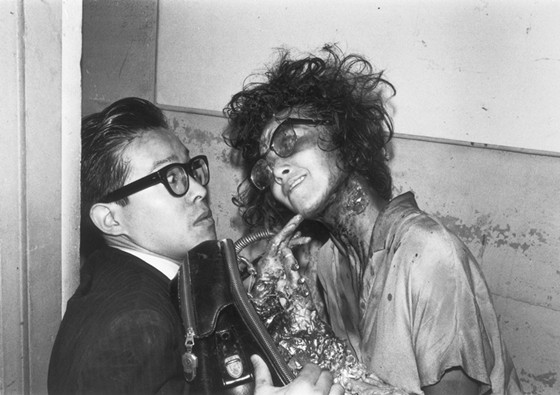
The extreme depiction of violence, which became one of the rules of Japanese cinema during the last few decades, was largely based on this film, which established Shinya Tsukamoto as an international cult filmmaker and resulted in two sequels.
A car accident victim sticks a metallic tube in his thigh, an impulse after which his body is taken over by a metal. Something similar also occurs with the perpetrator of the accident, and the action begins. Women raping with metallic phalli, sex with penises in the form of electric drills resulting in murder, hunting in dark corridors, bodily fluids, and a final confrontation between two beings that are more machines than humans, are only a few of the grotesque spectacles in “Tetsuo.”
Shinya Tsukamoto used a 16mm camera and shot a low-budget, black-and-white film that looks like a nightmarish video clip, an outcome intensified by the extreme noise music and the restless movement of the camera. The message concerning technophobia and the loss of humanity for the sake of technology is evident. However, even more apparent is the fact that the director aimed to shock through extreme violence, a purpose he completely fulfilled.
Lastly, the onerousness of the film is even more heightened by the acting of Tomorowo Taguchi and Kei Fujiwara, who manage to elaborately portray the terror, the despair, the paranoia, and the sexual drive of their characters.
6. Ghost in the Shell (Mamoru Oshii, 1995, Japan)
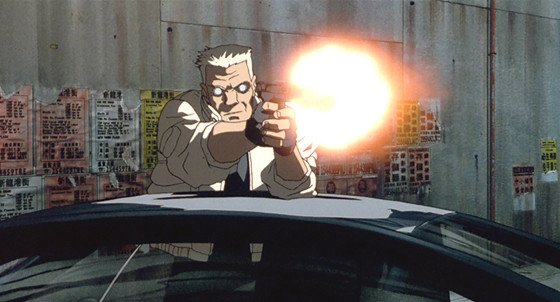
Continuing from where “Akira” left off, this anime established cyberpunk as one of the main themes of the genre, and pawned a huge franchise that continues to produce masterpieces. Moreover, it was a trademark of the industry in both its themes and technological advancement, involving a number of pioneering animation processes.
Based on the homonymous manga by Masamune Shirow, the anime takes place in 2029, when the world is connected through a vast electronic network that has access to all aspects of life. Motoko Kusanagi is a highly evolved cyborg who works for Public Security Section 9.
Along with her team of experts, she is on the hunt for the “Puppet Master,” a genius hacker whose alleged purpose is to stand against the contemporary oppressive society and its absolute dependence on the aforementioned network.
“Ghost in the Shell” proved to international audiences that animation could be addressed toward adults, not only due to the graphic depiction of violence and nudity, but also due to its sociopolitical and philosophical context. In that fashion, underneath the techno-action hides an effort to discern the meaning of life through the vast spread of technology, as well as themes of racism and politics.
One of the initial scenes, where Motoko jumps down from a skyscraper after killing her target, is one of the industry’s trademarks.
5. Godzilla (Ishiro Honda, 1954, Japan)

The “kaiju” genre started with this film, which signaled the first appearance of one of the most iconic characters of global cinema: Godzilla, a 400-foot dinosaur with distinct Tyrannosaurus Rex features and characteristics.
Godzilla is awakened by the explosion of an atomic bomb, and emerges from the sea to wreak havoc, initially on a few fishing villages and then to Tokyo. The monster seems to be drawn in by electricity, and is not particularly interested in humans, who are killed in scores as Godzilla passes through the city. The military seems unable to face him and the only hope lies with an invention from a scientist.
The film had a huge impact on Japanese audiences, who were largely intrigued by both the evident exploitation of recent memories of the A-bomb, and the concept of kaiju, which was unprecedented in Japan. The film entailed great special effects by Eiji Tsuburaya, who created magnificent destruction scenes using manufactured models instead of computer graphics, and an all-star cast headed by Takashi Shimura.
Furthermore, the concept of the scientist who sacrifices himself found great appeal with Japanese audiences, with the concept of the kamikaze in World War II being equally recent with that of the bomb.
4. Apu Trilogy (Pather Panchali (1955), Aparajito (1956) The World of Apu (1959), Satyajit Ray, India)
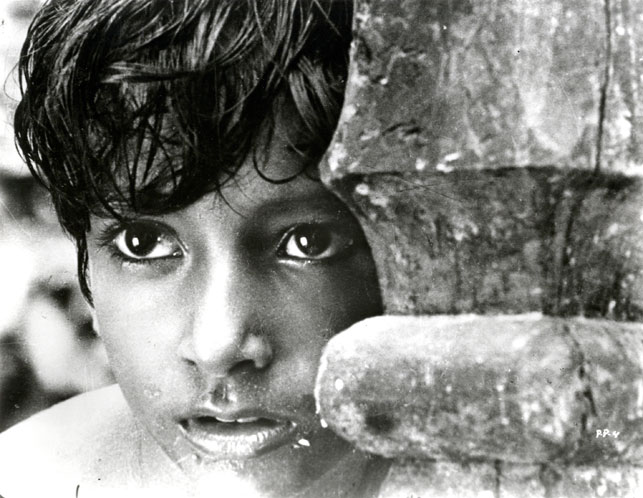
The first part of the Apu Trilogy is the first from independent India to attract major international critical attention; it won India’s National Film Award for Best Feature Film in 1955, the Best Human Document award at the 1956 Cannes Film Festival, and several other awards, establishing Satyajit Ray as one of the country’s most distinguished filmmakers.
The trilogy tells the story of Apu, starting with his childhood in a small Bengali village in the beginning of the 20th century. His father is a priest and a poet, but does not make enough money to support the family, with the burden falling on his mother, who also has to deal with the old aunt living with them.
In the second film, Apu is 10 years old and lives in Benares, until he moves into a small village with his mother and aunt. Being a very good student, he eventually wins a scholarship for a college in Kolkata, but his mother finds it very hard to let him go.
In the third part, Apu has left his school days behind him and dreams of becoming an author. When a friend from college invites him to a wedding in a village, his life changes forever.
The Apu Trilogy is considered one of the most influential works of all time, with the depiction of the lives of the Bengali being impressively realistic, to the point of occasionally functioning as a documentary.
One of the films’ biggest traits is their black-and-white cinematography from Subrata Mitra, a still photographer who did his first work in cinema on this film, even having to borrow a 16mm. Despite his inexperience, his cinematography is extremely effective, particularly in natural environments, like forests, rivers, in a pond, the monsoon and more.
Among the many impressive scenes that take place in the three films, despite the shoestring budget, one definitely stands out as a true classic moment: the one where the mother is watching over her feverish child, while rain and wind hit the small house from all sides, with the threat becoming evident from every aspect, in a truly agonizing sequence.
3. Rashomon (Akira Kurosawa, 1950, Japan)
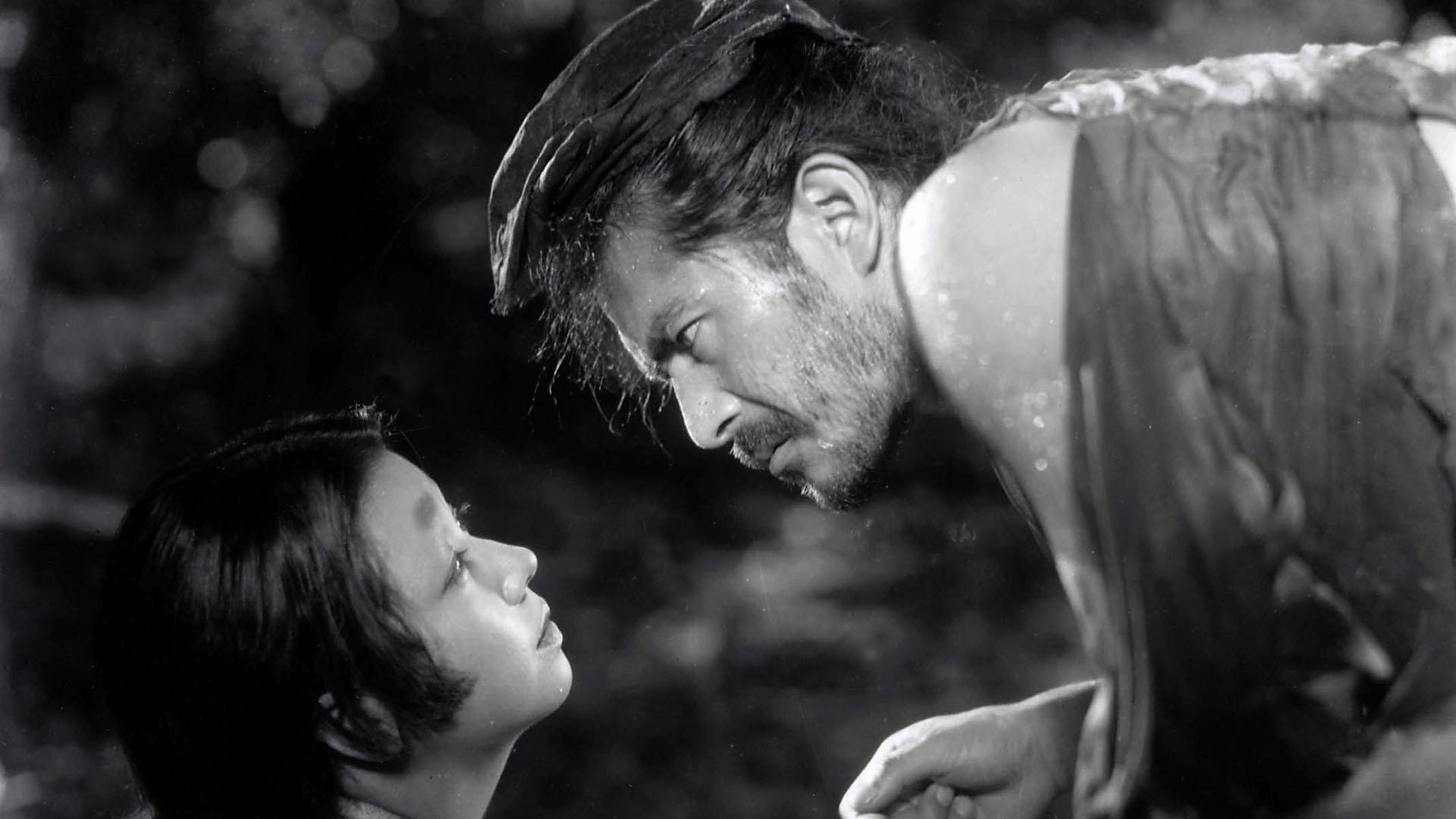
“Rashomon” is considered the film that introduced Japanese cinema to the global stage, with Kurosawa netting an Honorary Award from the 24th Oscars and the Golden Lion at the Venice Film Festival, among a plethora of others. Currently, it is hailed as one of the greatest films ever made.
A villager and a priest find solace from the rain under the Rashomon gate and soon after, another passerby joins them. Waiting for the hurricane to pass, they busy themselves by discussing a heinous crime that occurred in the nearby forest, where a samurai was tortured to death and his wife was raped. The main suspect is a notorious criminal.
The three men try to reach the truth, using their memories of the testimonies of the woodcutter who discovered the body, as well as those from the accused Tajomaru, the raped widow, and the deceased’s spirit through a medium.
Kurosawa directs a movie that revolves around the way humans perceive and interpret reality by using a number of unprecedented techniques, as with the various characters providing alternative and even contradictory versions of the same incident.
Lastly, the film presented a direct shot of the sun, an action that was considered taboo up to that point, in a sequence that exemplifies the wonderful cinematography of Kazuo Miyagawa.
2. Tokyo Story (Yasujiro Ozu, 1953)
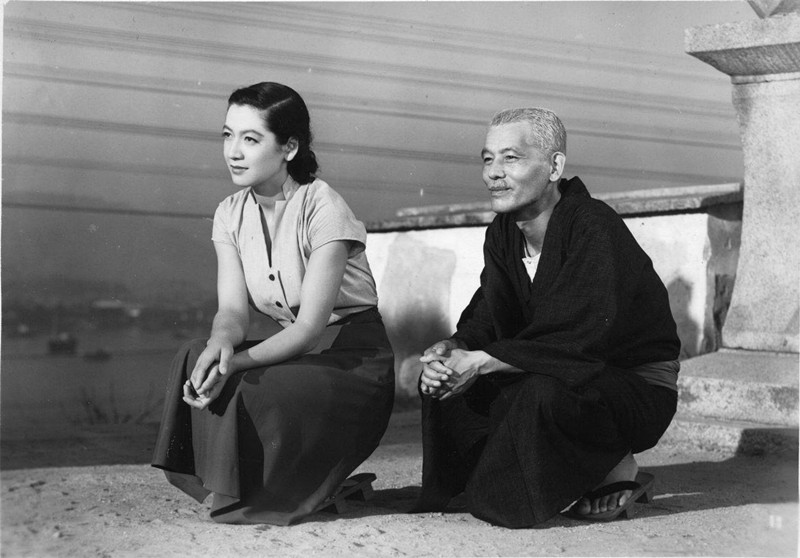
Yasujiro Ozu’s magnum opus is considered one of the most genuine Japanese films of all time, and in 2012, filmmakers voted it the best film of all time, replacing “Citizen Kane” at the top of the “Sight & Sound” directors’ poll.
Set in Tokyo eight years after the end of World War II, the film revolves around a visit an elderly couple pays to their children, who live with their families in the ever-growing metropolis. Their children, however, do not seem to want to associate much with them, and eventually abandon them at an inn at a tourist resort.
Ozu directs a film that has an evident predilection toward the traditional values of Japanese society, in contrast to the new values resulting from the raging modernization of Japan in the decades after the war. In that fashion, the elderly couple seems happy and filled with love, compared to their kids’ families that seem tortured by issues caused by modern society.
However, Ozu avoided melodrama by focusing on images rather than dialogue, in order to express his view. There are three main characteristics of Ozu’s cinematography. The first is the placement of the camera three feet above the floor (the eye level of a Japanese person seated on a tatami mat), in order to eliminate space and make a two-dimensional space.
The purpose of this technique is to make the audience feel as if they are actually participating in the film, thus becoming more receptive to the characters.
The second is that he almost never moves the camera, since every shot is intended to have a perfect composition of its own. In fact, in “Tokyo Story,” it only moves once. The third is that, during the dialogues, Atsuta places his camera between the people conversing, to make the audience feel like they are standing in the middle of a conversation.
All of these techniques are implemented in this film, in the most wonderful fashion.
1. Seven Samurai (Akira Kurosawa, 1954)
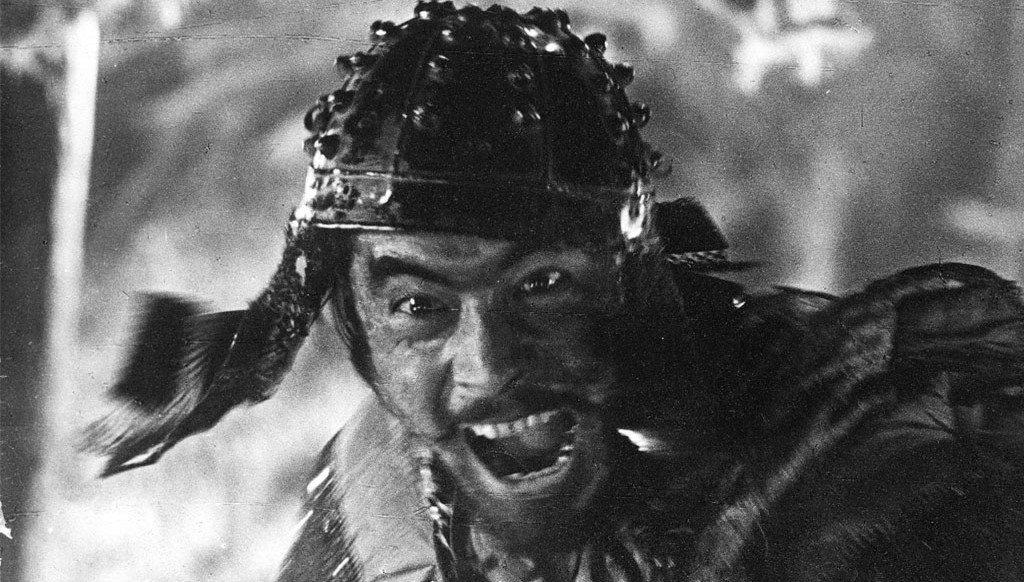
Akira Kurosawa’s masterpiece is one of the most influential films of all time.
The black-and-white movie revolves around seven wandering samurai who are hired to defend the seedy inhabitants of a small village, who are threatened by bandits, while their payment is simply rice.
Kurosawa entailed all the aesthetics of the Golden Age of Japanese cinema, including form, pace, character depiction, and magnificently choreographed action to present a film that excels in all departments.
Along with his cinematographer, Asakazu Nakai, he managed to portray images of astonishing detail and elaborateness, which are chiefly evident in the action sequences, as Kurosawa guides the camera splendidly.
The magnificent cinematography finds its apogee in the ending sequence, where the samurai fight the bandit. The use of a telephoto lens, along with the quick cutting, stresses the chaotic and claustrophobic feeling the scene emits.
“Seven Samurai” became the basis for many films, with John Sturges’ “The Magnificent Seven” being a direct adaptation.
Author Bio: Panos Kotzathanasis is a film critic who focuses on the cinema of East Asia. He enjoys films from all genres, although he is a big fan of exploitation. You can follow him on Facebook or Twitter.